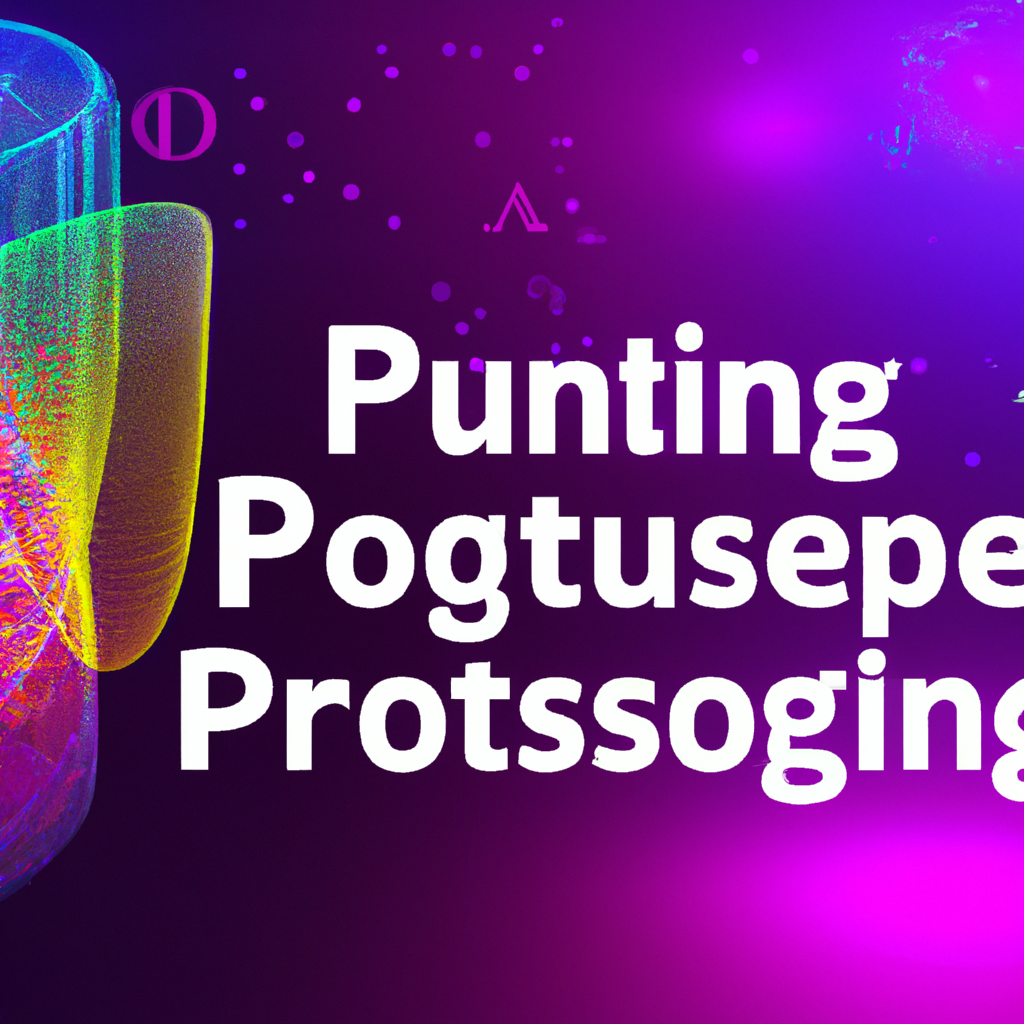Exploring the Potential of Natural Language Processing in Virtual Assistants
Table of Contents
Exploring the Potential of Natural Language Processing in Virtual Assistants
# Abstract:
Virtual assistants have become an integral part of our daily lives, offering convenience and efficiency in performing various tasks. One of the key components behind these intelligent systems is natural language processing (NLP). NLP enables virtual assistants to understand and respond to human language, making them more intuitive and user-friendly. This article explores the potential of NLP in virtual assistants, discussing both the new trends and the classics of computation and algorithms used in this field.
# Introduction:
Virtual assistants have revolutionized the way we interact with technology, enabling seamless communication between humans and machines. The ability of virtual assistants to understand and interpret human language is made possible through advancements in natural language processing. NLP is a subfield of artificial intelligence (AI) that focuses on the interaction between computers and human language. It encompasses techniques and algorithms that enable computers to understand, analyze, and generate human language.
# Classics of NLP in Virtual Assistants:
The foundation of NLP in virtual assistants lies in classic techniques such as tokenization, part-of-speech tagging, and syntactic parsing. Tokenization involves breaking down a text into individual words or tokens. Part-of-speech tagging assigns grammatical labels to each token, enabling the virtual assistant to understand the role of each word in a sentence. Syntactic parsing analyzes the grammatical structure of a sentence, allowing the virtual assistant to understand the relationships between words.
Another classic technique in NLP is named entity recognition (NER). NER identifies and classifies named entities such as names, organizations, dates, and locations in a text. This enables virtual assistants to extract relevant information and provide more accurate responses to user queries. For example, a virtual assistant equipped with NER can understand that “Apple” refers to a company rather than a fruit in a sentence.
# New Trends in NLP for Virtual Assistants:
While the classics of NLP provide a solid foundation, recent advancements in computation and algorithms have opened up new possibilities for virtual assistants. One of the emerging trends is the integration of deep learning techniques, particularly recurrent neural networks (RNNs) and transformers. RNNs have shown great potential in sequence-to-sequence models, enabling virtual assistants to generate human-like responses. Transformers, on the other hand, excel in tasks involving attention and contextual understanding, allowing virtual assistants to handle more complex queries.
Another trend in NLP for virtual assistants is the incorporation of sentiment analysis. Sentiment analysis involves determining the emotional tone of a text, whether it is positive, negative, or neutral. By analyzing the sentiment of user queries or feedback, virtual assistants can personalize their responses and provide a more empathetic interaction. This trend is particularly valuable in applications such as customer support or mental health assistance.
Furthermore, the integration of knowledge graphs has gained traction in enhancing the capabilities of virtual assistants. Knowledge graphs are structured representations of information that capture relationships between entities. By utilizing knowledge graphs, virtual assistants can provide more contextually relevant responses and perform advanced reasoning tasks. For instance, a virtual assistant equipped with a knowledge graph can answer complex questions that require accessing diverse sources of information.
# Challenges and Future Directions:
While NLP has made significant strides in virtual assistants, several challenges remain. One of the key challenges is the need for continuous learning and adaptation. Language is constantly evolving, and virtual assistants must keep up with new words, phrases, and cultural references. Additionally, handling ambiguity and context is still a challenge for virtual assistants. Understanding the nuances of human language, such as sarcasm or irony, requires further refinement in NLP algorithms.
In terms of future directions, personalized virtual assistants are expected to become more prevalent. By leveraging user data and machine learning techniques, virtual assistants can adapt to individual preferences and offer tailored experiences. This includes understanding user-specific language patterns and providing personalized recommendations or suggestions.
Another area of future development is the improvement of multilingual capabilities. Virtual assistants that can seamlessly switch between languages and understand diverse linguistic structures will unlock new possibilities for global communication and accessibility. Additionally, the integration of multimodal input, such as speech and visual cues, will enhance the overall user experience and allow for more natural and intuitive interactions.
# Conclusion:
Natural language processing has played a crucial role in the advancement of virtual assistants, enabling them to understand and respond to human language. The classics of NLP, such as tokenization and syntactic parsing, provide the foundation for language comprehension. However, recent trends in deep learning, sentiment analysis, and knowledge graphs have extended the capabilities of virtual assistants, making them more personalized and contextually aware.
Despite the challenges that lie ahead, the future of NLP in virtual assistants is promising. Continuous learning, adaptation, and the integration of new technologies will contribute to the evolution of virtual assistants into intelligent and proactive companions. As NLP continues to advance, virtual assistants will become increasingly seamless and intuitive, revolutionizing the way we interact with technology in our daily lives.
# Conclusion
That its folks! Thank you for following up until here, and if you have any question or just want to chat, send me a message on GitHub of this project or an email. Am I doing it right?
https://github.com/lbenicio.github.io

